To Make Riders Faster
What is the most successful company born of triathlon? Zipp? Giro, depending on how much its helmet sales depended on triathletes in its formative years? Let’s be honest. It’s Cervelo, by a longshot.
Anna Dopico’s book, “To Make Riders Faster,” on the history of that company and its founders is not only an honest, previously-unknown-fact-filled look at that company’s 17-year run under its founding partners’ ownership, the tale she tells is downright Shakespearean. She should know. As Cervelo co-founder Phil White’s wife – and an executive inside the company – Anna knows where all the MacBeths and Hamlets are buried.
The most engrossing passages are the human ones, such as those recounting conversations – arguments – between the partners, Phil White and Gerard Vroomen. “Among the employees their shouting matches were legendary,” Anna writes, one of which is faithfully transcribed and presented in the book because it was caught on video, part of an all-night design session and about whether the Soloist frame should have a round or aero head tube.
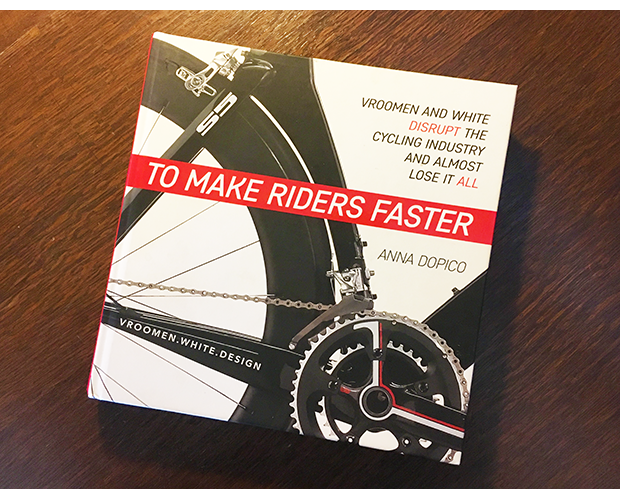
Anna explained that, “To observers the debate appeared heated, but Phil and Gerard never let their arguments get personal.” Indeed, as her book progresses; as the company grows, opens a European office in Switzerland, and Gerard moves there to run it, Anna is transparent. “Phil couldn’t always get Gerard on the phone and had to wait patiently for return calls. But Phil’s patience would wane more often than not. He questioned whether Gerard had moved to Europe too quickly and was starting to get a bad gut feeling about the move. Unbeknownst to him, Gerard had similar concerns.” There’s pathos throughout the book to Anna’s description of the state of the friendship and working relationship between the partners.
“Phil White and Gerard Vroomen met in the composites material lab of McGill University in early 1995,” is the book’s first sentence. Phil and Gerard began their partnership with a proof-of-concept design space aged bike called the Barracchi that year. I spectated Cervelo’s company’s rise, first as its competitor, then as a vendor, and eventually as an admirer and friend to both partners.
Cervelo was, at various places along the way, a start-up, a fledgling, then an $11 million company (in revenues) an “almost-$50 million” company. Anna and her readers take a breath at these waypoints throughout the narrative, only to dive back into the attendant problems with Asian frame factories, suppliers, banks, private lenders. It was painful to read, because these were then, and are now, my friends, and because it conjures memories of my own bike-manufacturer-PTSD. There’s a joke every bike maker knows: “Want to end up holding a million dollars as a result of your bike business venture? Start with $2 million.” Phil and Gerard started with no million and, due to decisions and circumstances, ended pretty much that way. You might’ve thought these fellows got rich along the way, but Anna writes that the partners often paid key employees more than they paid themselves.
Cervelo is now owned by Dutch industrial conglomerate PON Holdings. Anna’s book mechanically progresses through the stages of Cervelo’s battering on rocky financial shoals, and reveals how breathtakingly close the company was to insolvency. (The company is, of course, on a very different footing now, though not at the giddy heights enjoyed a decade ago.) During my years as a bike manufacturer it always seemed to me that the danger zone sat between $10 in sales and $100 million, where if you were in that area you had to behave like Trek, but you didn’t have the scale of Trek. The second half of Anna’s book reads like a vivisection of this very patient.
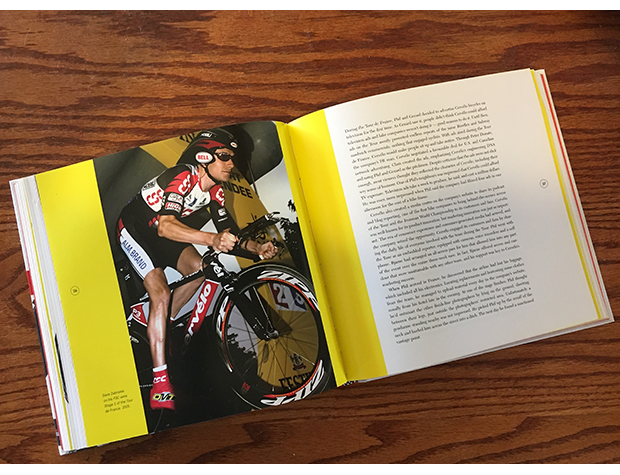
Cervelo and its founders were devoted to engineering, to performance, and to the environment and to clean cycling. It was devoted to its athletes, to gender equality, to paying its creditors, to honoring contracts. It took risks that were both swashbuckling yet, if broken down and analyzed on their merits, reasonable. They made business wagers that seemed like a good idea at the time.
Boy, do I know how that all feels! The same risk calculations that granted you successes now become the agency of your failures. You feel as if you’re making the prudent calculations Dedalus made, yet you still flew too close to the sun. Anna’s book chronicles this most poignantly in Gerard’s case. I watched a giant personality shrink during that time as he wrestled with trying to find a sponsor the Cervelo Test Team, and a lawsuit in Europe that was his to manage. (And I’m glad to see him back, again seeing around corners with his brand O.P.E.N.)
It’s as good a book on the business end of sport as you’ll find, our industry’s The Big Short. Anna Dopico’s To Make Riders Faster is hardback, large format, 256 pages, with a lot of historic photos I hadn’t seen before. You can purchase the book for $70 or download a sample chapter first, to see if it’s your cup of tea. It certainly was mine. It's also available at Sigma Sports and here as well.



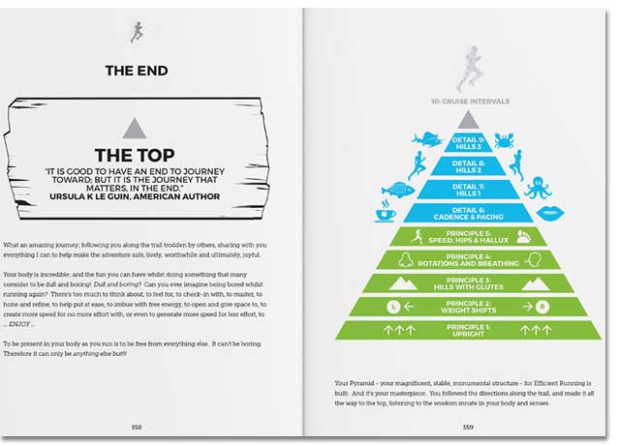
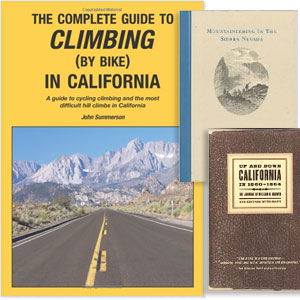
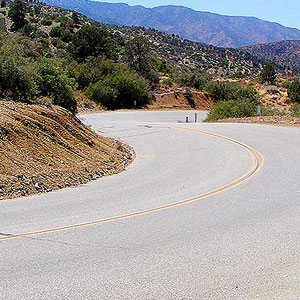

Start the discussion at forum.slowtwitch.com